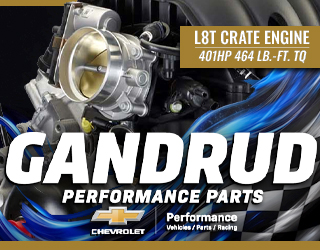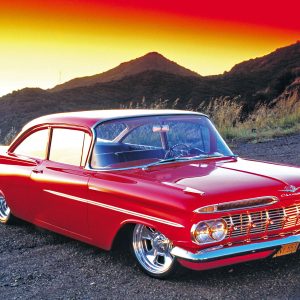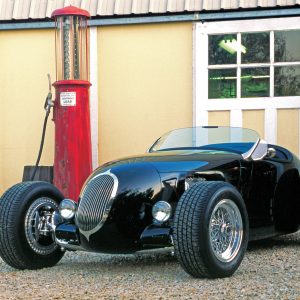Manufacturers
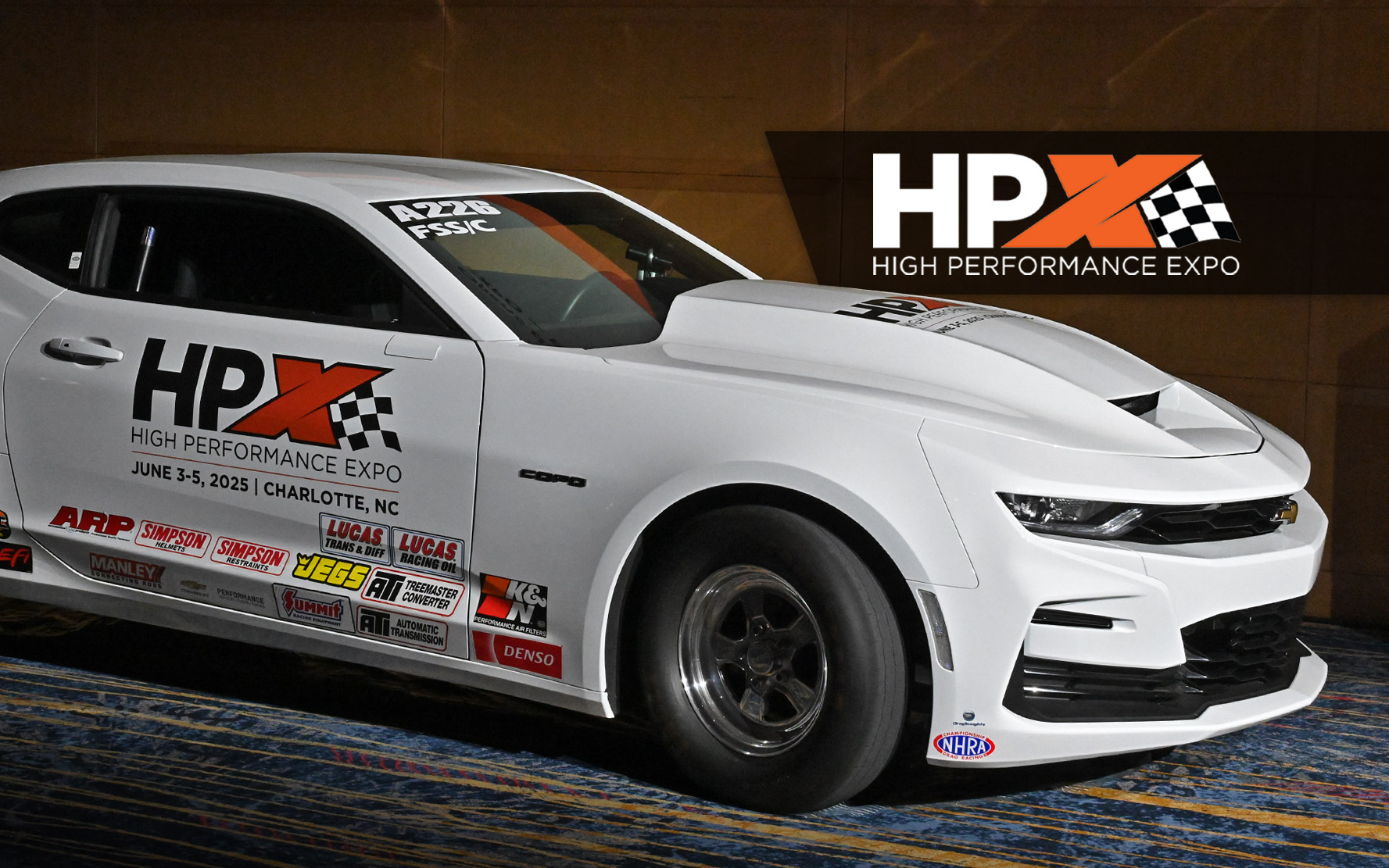
The inaugural High Performance Expo (HPX) brought together a powerhouse lineup of vendors, builders, and performance innovators. Amid fierce competition from dozens of standout products, two companies took home the top PerformancePlus HPX honors—showcasing the cutting edge of high-performance innovation.

The crowd at HPX 2025 in Charlotte was already buzzing, but when the cover came off Richard Petty’s “Outlawed” Hellcat, the energy hit a whole new gear. Built by Petty’s Garage to honor the 60th anniversary of the legendary street HEMI, this jaw-dropping Dodge Charger is unlike anything else on the road—or the track.

Let’s get one thing out of the way: Toyota ain’t new to motorsports. But this? This is something we didn’t see coming—and we absolutely love it. Welcome to the age of inline-six fury, dragstrip edition. Daren Poole-Adams just lobbed a turbocharged hand grenade into NHRA Stock Eliminator, and it’s got a Supra badge on it.

There’s a new name making waves in the high-performance and motorsports world: HPX. The High Performance Expo, presented by the North Carolina Motorsports Association (NCMA), brings fresh energy and forward-thinking focus to the industry. Held at the Charlotte Convention Center, HPX delivers a dynamic experience for automotive professionals, racers, fabricators, and performance enthusiasts alike. Built as a bridge between business and passion, HPX sets out to connect the key players in performance engineering, aftermarket innovation, and motorsports culture—and it’s already making a strong impression.

You’ve probably heard those Zen sayings that ask questions like, “What is the sound of one hand clapping?” or, “If a tree falls in the forest and no one hears it, does it make a sound?” Those particular questions may be a little weighty for the scope of this article, but Ford’s new Vehicle Personalization plan has us asking a few questions of our own.

When building a high-performance vehicle or performing an LS engine swap, your transmission is just as critical as the engine. The 4L65E transmission from Gearstar offers the perfect balance of strength, reliability, and adaptability—custom-built to handle up to 650 horsepower and tailored to your exact specifications.

We wanted to not only show how easy it is to bring one of these sweet rides down to the ground, but also how great they look with this kit installed. The Belltech components are straightforward and do not require much more than simple hand tools to install, although an air impact wrench will make the disassembly and installation go much more quickly. T

Jason Whitfield never intended to hot rod a station wagon. It just sort of happened. You see, he had this Mitsubishi Diamante wagon that Rage Performance and NuFormz used as a parts-getter. After a few runs, the guys decided that the car needed some better tunes. As the parts pickup runs got longer, they decided to add TVs. When a few extra parts were lying around—like a Turbonetics T04/T03 turbo and an intercooler—they just sort of made their way onto the car. The parts were already paid for, so why not use them?
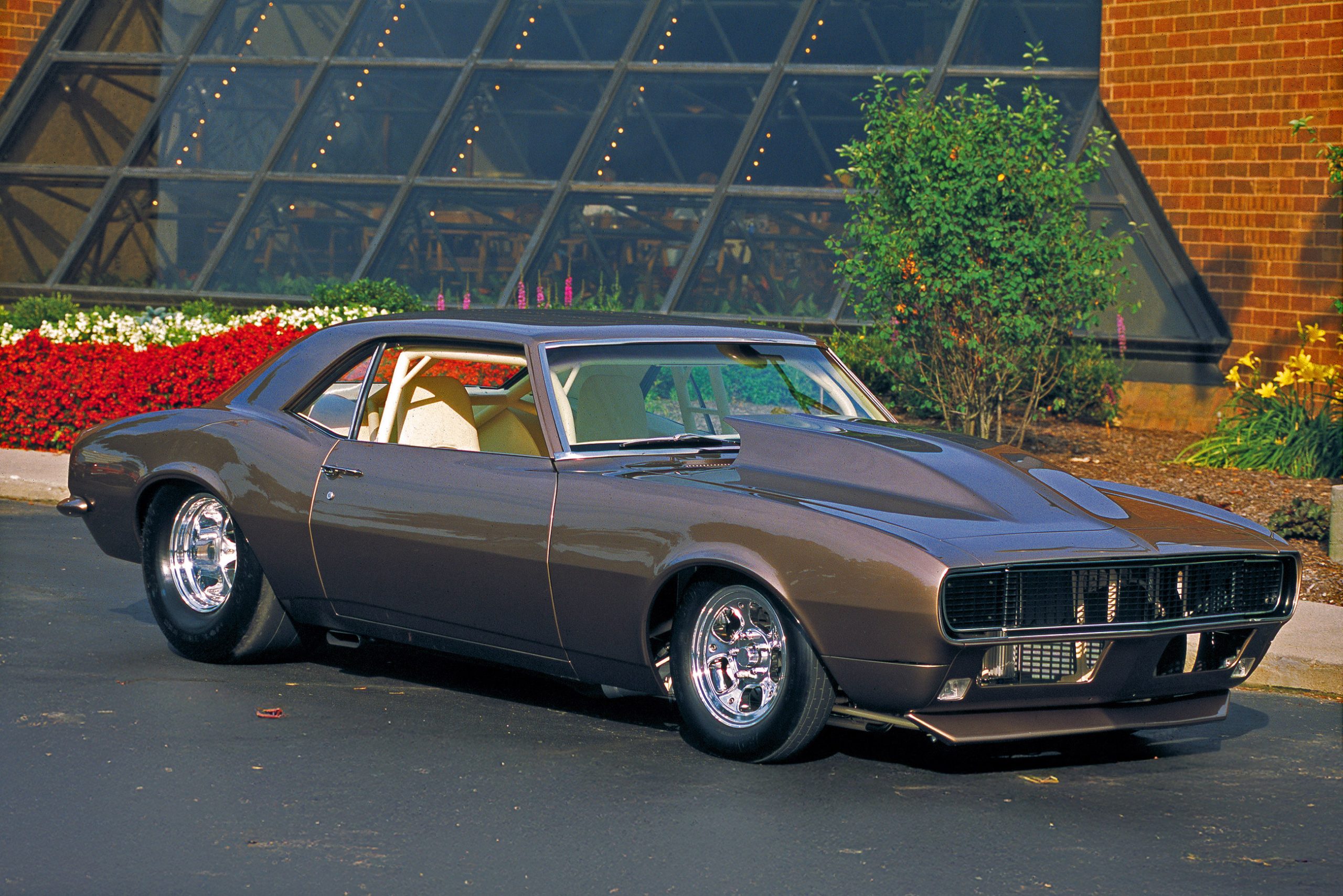
If you ask car enthusiasts to identify their favorite ’60s Chevy, most will say a Camaro. If you want a more specific answer, you probably will get mixed responses between the ’67-’68 models and the ’69. Troy Leiphart is one of those enthusiasts who like the early models, because they are smoother looking than the ’69 and look meaner when done right. That love affair with ’68 Camaros started when he was a kid. His older brother Ernie owned a maroon ’68, and Leiphart thought it was the coolest car around. After awhile, money got tight for Ernie, so Leiphart purchased the car from his brother. Leiphart drove the cool Camaro with much pride, fixed it up and spent time at the drag races, where the car did well. Eventually the engine blew and he couldn’t afford to fix it, so he sold the car back to his brother.
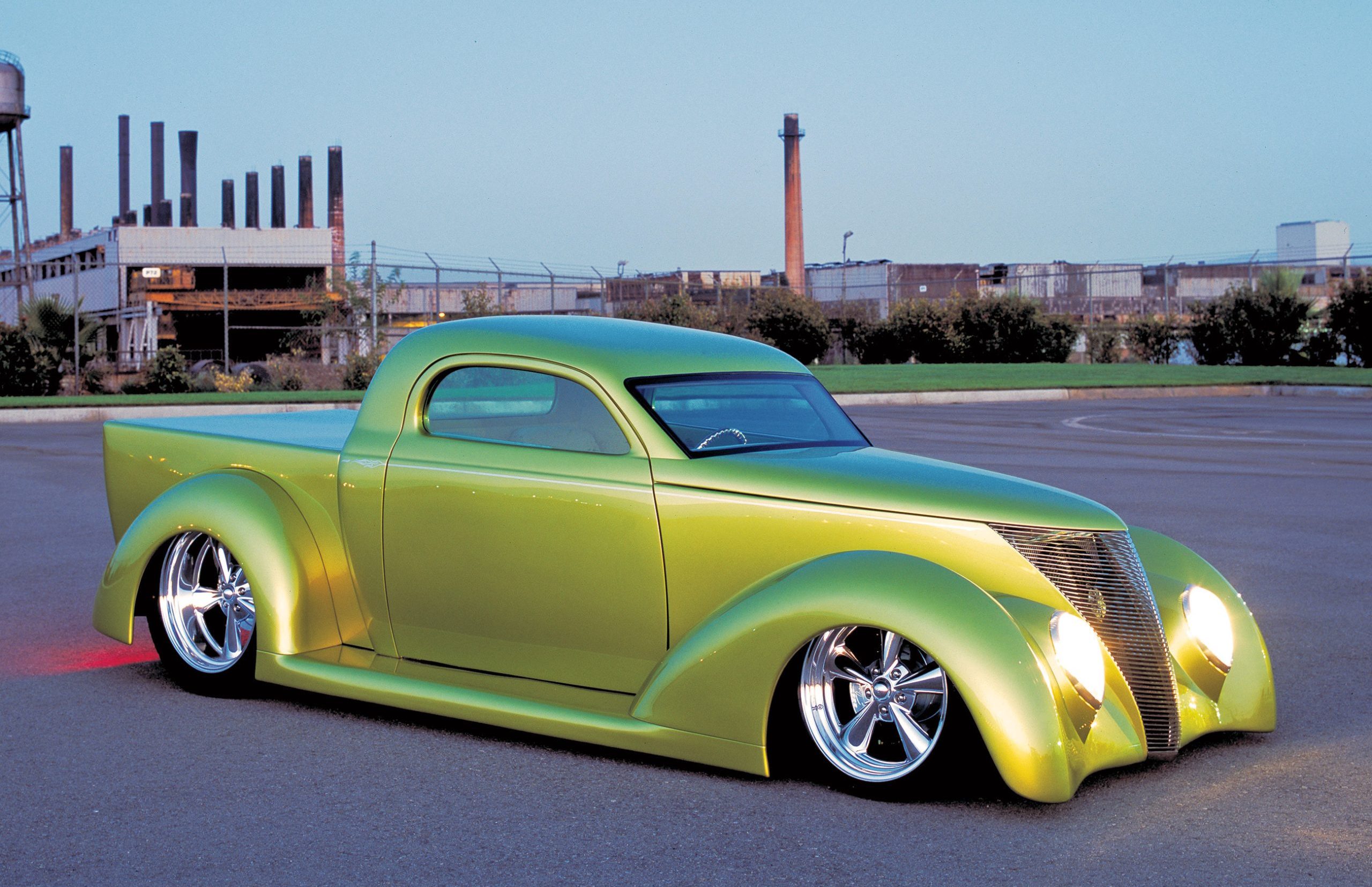
As the saying goes, “some guys have all the luck.” Out in the great state of New York, there is more going on than the Manhattan madness that most folks envision. There’s a distinct geographical separation between the urban density of Manhattan and the more rural confines of the area known as upstate New York. Most of us think of New York the city, where all the cars seem to be yellow, but in other parts of the state, driving is not a form of gladiatorial combat and there are more than a few hot rods around.







